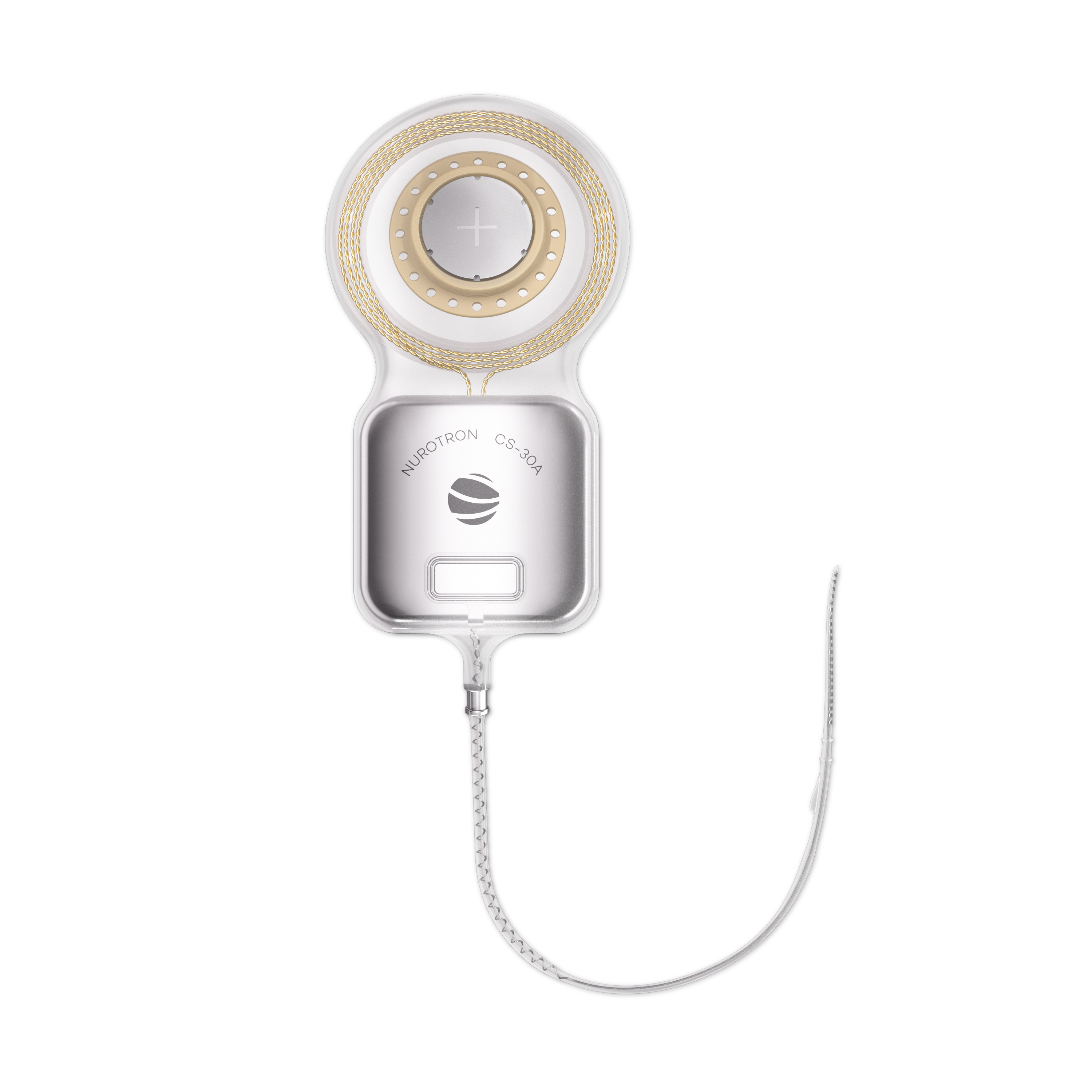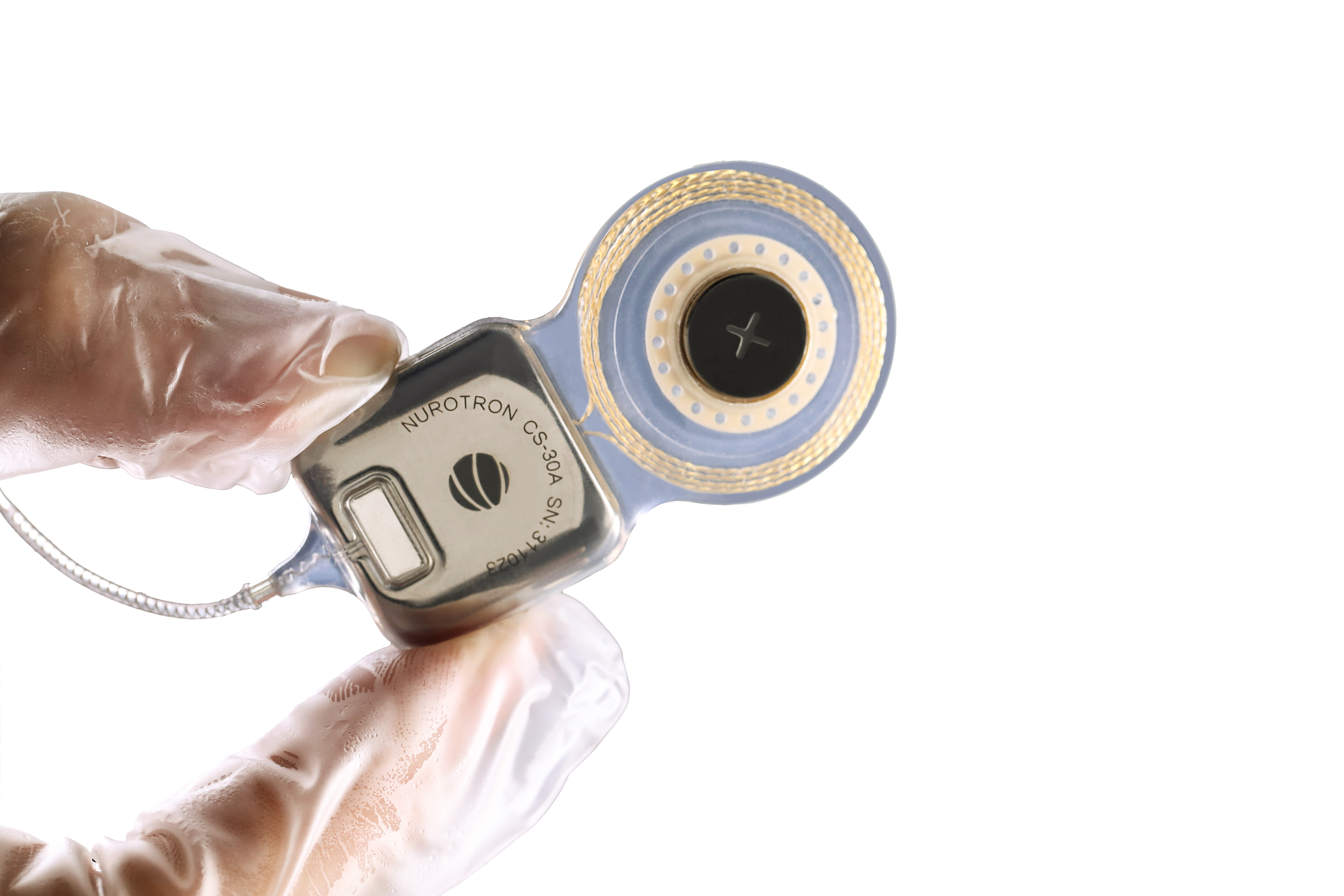
The intersection of cochlear implants and magnetic resonance imaging (MRI) presents a unique challenge in the field of medical technology. As the prevalence of cochlear implants increases, so does the need for safe imaging practices that accommodate these devices. Understanding how to navigate this complex relationship is crucial for both healthcare providers and patients alike.
Click to find more about cochlear implant and MRI.
Understanding Cochlear Implants and MRI Compatibility
Cochlear implants are sophisticated electronic devices designed to provide a sense of sound to individuals with severe hearing loss. However, their interaction with MRI machines raises significant safety concerns due to the strong magnetic fields involved in imaging procedures. Studies have shown that certain types of cochlear implants can be safely scanned using specific protocols; however, it remains essential for practitioners to assess each case individually based on device specifications and patient needs.
Nurotron’s Role in Cochlear Implant Technology

Nurotron is a prominent player in the development of advanced cochlear implant systems, focusing on enhancing auditory experiences while ensuring compatibility with various medical technologies. Their innovative designs prioritize not only sound quality but also patient safety during diagnostic procedures such as MRIs. By collaborating closely with radiologists and audiologists, Nurotron aims to establish guidelines that facilitate safe imaging without compromising auditory function.
The Functionality of Cochlear Processors
The cochlear processor serves as an integral component within the overall system, converting sounds into electrical signals that stimulate the auditory nerve directly. This functionality allows users to perceive sounds more clearly than they would through traditional hearing aids alone. When considering MRI scans, understanding how these processors interact with magnetic fields becomes vital; some models may require removal or special precautions during scanning sessions.
Conclusion: Navigating Cochlear Implants and MRI Safety
In conclusion, while advancements in cochlear implant technology continue to improve patient outcomes significantly, attention must be given to their implications for MRI safety. Ongoing research will play a critical role in developing comprehensive guidelines that ensure both effective auditory rehabilitation through cochlear implants and safe diagnostic practices involving MRIs. As we move forward, collaboration among manufacturers like Nurotron, healthcare professionals, and researchers will be essential in addressing these challenges effectively.
